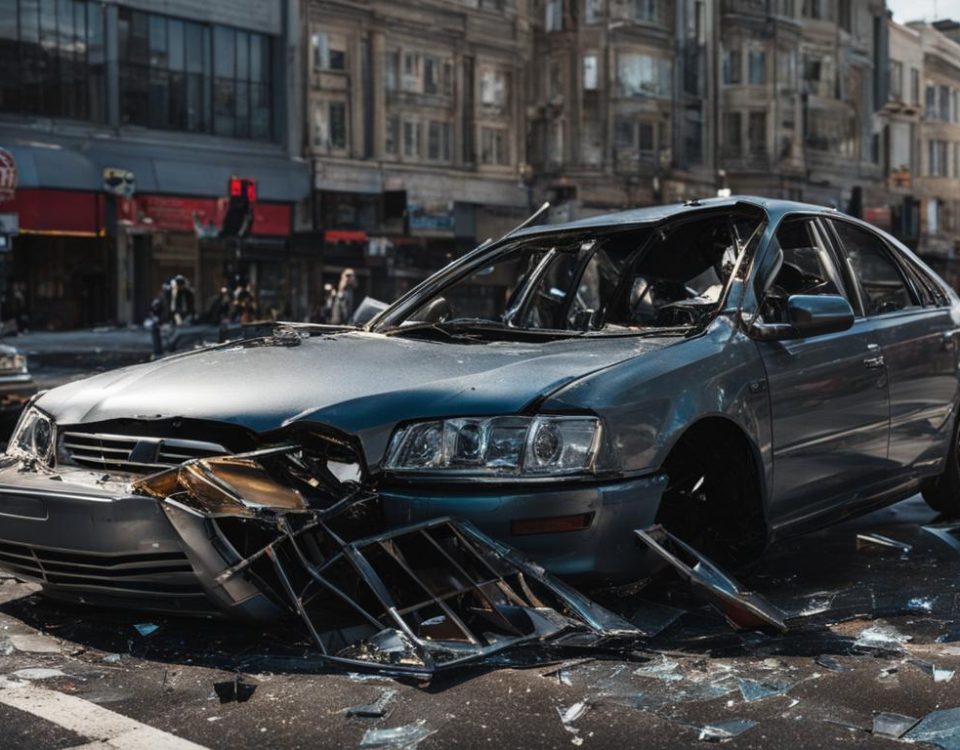- Auto Body Repair - Collision Center
- Leon Valley (210) 680-1987
- Windcrest (210) 858-3630
- info@miraclebp.com

Safe and Scalable Self-driving Cars

Fatigue Driving and Auto Collisions (PART 2)
 For today’s blog entry, San Antonio’s Miracle Body and Paint will be discussing fatigue driving . A study from the National Sleep Foundation showed that about 60% (approximately 168 million) of adult drivers have driven even if they were feeling sleepy in the US. In fact, one third (103 million) of that figure have actually fallen asleep while driving. A portion even admitted that they have been involved in an auto accident or nearly crashed because they have dozed off. To support this, the National Traffic Safety Administration estimated that there were about 100,000 police-reported collisions as a result of driver fatigue yearly. So far it resulted into about an estimated 1,550 deaths, 71,000 injuries, and $12.5 billion in monetary losses. These shocking numbers may be just the start.
For today’s blog entry, San Antonio’s Miracle Body and Paint will be discussing fatigue driving . A study from the National Sleep Foundation showed that about 60% (approximately 168 million) of adult drivers have driven even if they were feeling sleepy in the US. In fact, one third (103 million) of that figure have actually fallen asleep while driving. A portion even admitted that they have been involved in an auto accident or nearly crashed because they have dozed off. To support this, the National Traffic Safety Administration estimated that there were about 100,000 police-reported collisions as a result of driver fatigue yearly. So far it resulted into about an estimated 1,550 deaths, 71,000 injuries, and $12.5 billion in monetary losses. These shocking numbers may be just the start.  There are a few reasons why it’s hard to attribute collisions to sleepiness or fatigue:
There are a few reasons why it’s hard to attribute collisions to sleepiness or fatigue:
- So far there are no tests that show levels of sleepiness like that of using breathalyzer for intoxication
- There is little or no police training when it comes to determining that drowsiness is in fact a crash factor
- Self-reporting can be unreliable
- Sleepiness or fatigue may be a result of other causes such as alcohol consumption.
 Everybody is at risk when it comes to fatigue driving, but sleep related crashes are more common in young people especially men as well as adults with children and those who have shifting work schedules. A poll released by the NFS revealed:
Everybody is at risk when it comes to fatigue driving, but sleep related crashes are more common in young people especially men as well as adults with children and those who have shifting work schedules. A poll released by the NFS revealed:
- Those who are 18-29 are the most likely to drive sleepy compared to other age groups
- Men are more likely to drive sleepy and more likely to fall asleep while driving
- People with children are more likely to drive drowsy
- People working in shifts are more likely to drive drowsy as compared to regular daytime workers
- The less people sleep, the greater the risk of auto accidents
- Being awake for 18 hours produced an impairment equal to a blood alcohol intoxication
Stay tuned for the next instalment of San Antonio’s Miracle Body and Paint blog about fatigue driving.


